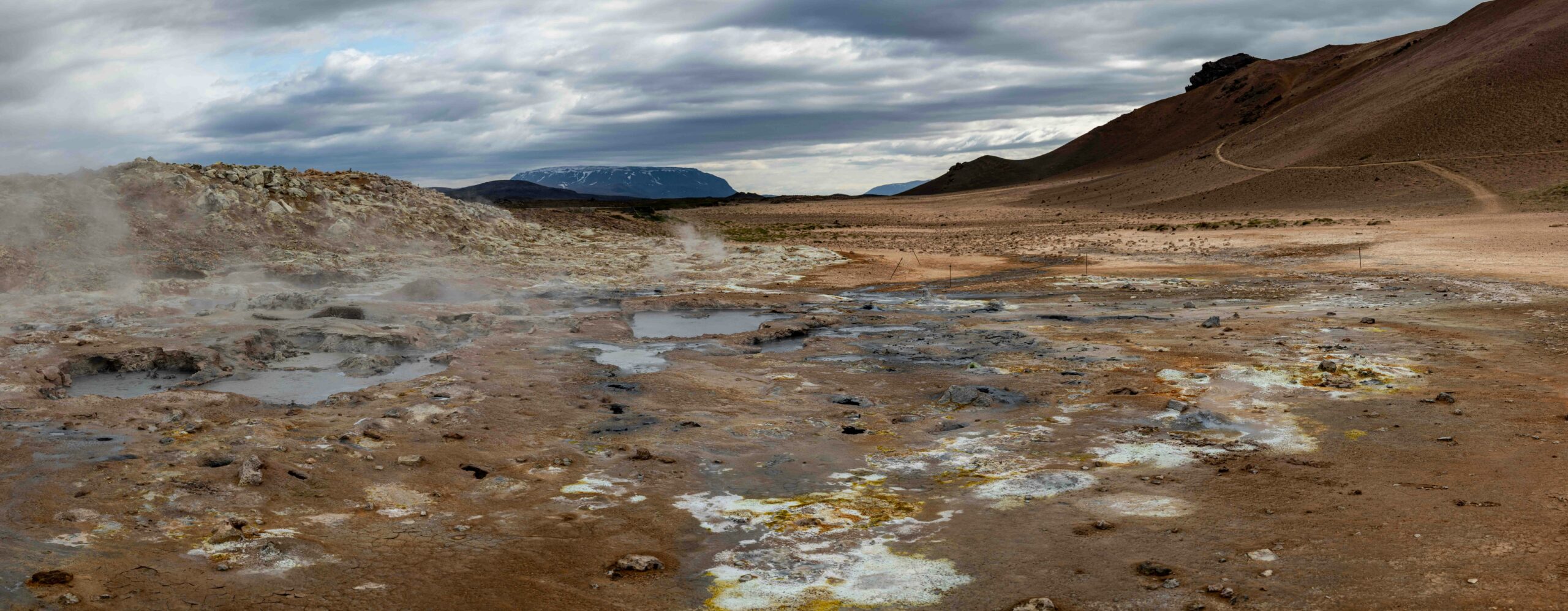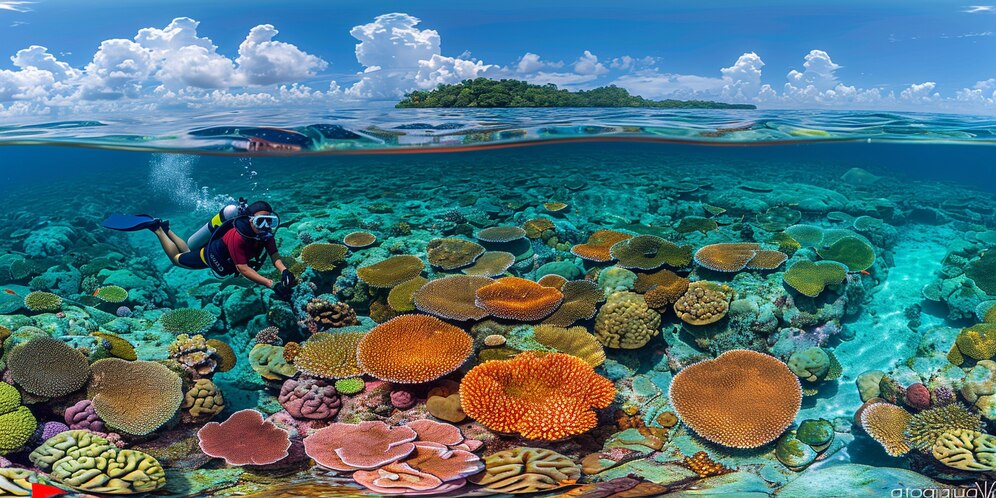Introduction to Natural Wonders
Natural wonders are exquisite geographical areas that enchant the spirit through the visual sense and the importance of the geographical area’s ecosystem. Some of these wonders can be defined according to the following attributes that may engulf uniqueness of geology, high level of biodiversity and breathtaking features of the geography. Although such sites provide only a view of what a human eye captures, they still encompass a great many ecological, cultural, and economic significances.
Landscape features such as the geological ones are one of the main criteria that define whether a site can be referred to a natural wonder. Such can be high mountains, complex caves, or very large canyons that are considered natural landmarks. Every formation provides information on the geological history of the Earth, of the processes that have occurred on this planet for millions of years.
Equally significant is the great number of species in these places without which the beauty of the discovered views would remain inappreciable. Other tourist attractions are usually base for various forms of plants and animals and most of them are unique or threatened species. They help in sustenance of the environment by acting as source of genes that maybe vital in equal environment. They also present distinctive exploration chances in the fields of science and develop in our understanding of the earth and the system supporting life forms.
Another characteristic that can be linked to natural phenomena is the aesthetically striking appearance of the territories they occupy. The splendorous views of nature have a capacity to inspire the feeling of appreciation and thus the prospects attract tourists from all over the world. Including waterfalls to desert dunes, these places give not only the aesthetic beauty but also the calmness of the environment. They are often endowed with culture significance, assuming various roles in traditions that belong to societies as well as being inspiring for artists and literary men.
However, the object of the appreciation of natural wonders goes beyond the biological and historical features. Both are also significant economic resources that bring millions of tourists into the country every year. Tourism resulting from such sites will go a long way in boosting the economy of these areas since employment will be created together with other forms of community developments. But, care must be taken so that the beauty and gifts of mother nature are not destroyed, and tourism should actually pave way for conservation. natural wonders
Iconic Natural Wonders Across Continents
The beauty of nature is displayed in many astonishing phenomena, and every continent seems to have something incredibly marvelous. Located in North America it is a seven and a half mile deep and five and the half mile wide chasm sculpted out of rock by the Colorado River over millions of years. Extended to 277 miles in length and up to 18 miles in width, one can study the layers of the geological history of the earth.
Endeavoring the beautiful stain, its vivacious colors and articulated structures define it as one of mother nature’s creations. Of the wildlife that is present, Visitors are also able to see some of the wildlife including the California Condor as well as the Desert Bighorn Sheep.
- Great Barrier Reef
It is worth stating that the Great Barrier Reef located in Australia is the only natural structure of such kind and it is the largest coral reef system in the entire world. Stretched for more than 1,400 miles, it is made up of more than 2,900 reefs and 900 islands. This colorful social Service environment is regarded as one of the seven natural wonders of the world comprising of fifteen hundred five species of fishes, four hundred types of corals and endangered animals such as Dugong and Green Sea Turtle. Just it sizes and the numerous species of animals that thrive in this ecosystem makes it one of the natural wonders in the world.
- Africa’s Victoria Falls
Another wonder of sorts is Africa’s Victoria Falls locally called ‘Mosi-oa-Tunya,’ which translates to the ‘The Smoke That Thunders.’ Situated on the State boundary of Zambia and Zimbabwe it is one of the largest waterfalls in the world with a width of approximately 1707m and height of approximately 108m. Due to the sheer quantities of water that percolate down the falls, a mist forms and this is visible several miles away. The falls themselves are surrounded by rainforests for this reason the falls spray brings life to the area. natural wonders
- Mount Everest
Mount Everest of Asia is the tallest mountain of the world situated at an altitude of 29,032 ft above the sea level. Everest is one of the most important part of Himalayas that attracted extreme tourists and climbers for decades. However, as far as extraordinary wildlife is concerned one has to acknowledge that the region around Everest also possesses Snow Leopard and Himalayan Monal. The mountain is infamous due to its height and terrible accessibility. natural wonders

- Cliffs of Moher
Europe has features such as the Cliffs of Moher in Ireland which gives the feeling of a dramatic stage. These cliffs cover about 13km from the Atlantic shore and measures up to 702m in elevation. The Cliffs of Moher offer broad view blinds and give bay habitat to Puffins as well as Guillemots species of birds. Due to the presence and design of these cliffs, one can deduce that they are an important part or the European geographical landscape.
The Hidden Gems: Less Known Natural Wonders
Though there are some attractions like the Grand Canyon and Great Barrier Reef with which many people around the world are familiar there are innumerable alternatives gaining little popularity. Some of these best but unknown tourist attractions include the Marble Caves in Chile, Zhangjiajie National Forest Park in China and the Waitomo Glowworm Caves in New Zealand. All these places are distinguished by different pluses and rather charming looks that makes them valuable.
- The Marble Caves
The Marble Caves located in the Patagonian Andes of Chile are a splendid example of what nature can do. These natural ancient marvels developed over thousands of years by the turquoise of General Carrera Lake present a stunning spectacle of swirling patterns of blue, grey and white marble. Boat or kayaking through this landscape somewhat makes the visitor to feel like he or she is in another world altogether, which is quite magical. These caves are situated in the Patagonian south and tummel shows them as the Marble Caves which can be reached by a boat tour from the small village of Puerto Rio Tranquilo.

- The Zhangjiajie National Forest Park
One of the treasures located in China is the Zhangjie National Forest Park which shows the work of the nature. Tall sandstone rock formations, some of which were used in creating the flotation of the mountains in the Avatar movie identified this national park as a magical site. To access it, there is the city of Zhangjiajie that you can visit the park through cable cars, hiking and the newest attraction in the park the world longest and highest glass bridge. This they said is something expected to capture the upside of the park through the forests, ravines, and the panoramic view.
- Waitomo Glowworm Caves
At the same time, there is a Waidomo Gloworm Caves within the territory of New Zealand which is a marvelous experience of the underground. The caves are complete with thousands of glowworms that make the caves glow when it gets dark; this resembles a starry sky at night. Tourists covers this area either on foot or on boats which makes them move very close to the glow worms in what can be described as a very serene and magical experience. The Waitomo Glowworm Caves are situated in the Waikato and therefore the caves are not very far from Auckland or Hamilton.
These natural gems though seemingly shy from the limelight hold their own charm in the form of individual mystery and contribute to making people’s experiences worth the time taken to discover them. Whether it is the marble mazes of Chile, the spiritual realm of China or the glow worms of New Zealand, these are gothic indications of the planet’s diverse and splendid palette.
Preservation and Conservation Efforts
There are many proved projects across the world that have been aimed at reducing these threats and preserving these remarkable pieces of nature. Many NGOs actively involved in the protection of species and habitats are the Worldwide Fund for Nature (WWF), The Nature Conservancy, and UNESCO. For example, UNESCO’s World Heritage Sites deals with the listing and protection of culturally and naturally valuable sites under the legal system of the world. The Queensland government has done a lot in terms of protecting the Great Barrier Reef the Great Barrier Reef Marine Park Authority has installed many measures to oversee the reflections of the climate change on the Great Barrier Reef for instance the coral bleaching. natural wonders
Thus, travelers significantly contribute to the protection of natural sites as they practice sustainable tourism. This includes non generation of pollution, judicious use of fossil fuel, caution and consideration to other living organisms and the environment. The idea of giving support to conservation is to assist the cause in a form reciprocal beneficiary; for instance, donating towards conservation organizations or engaging in an eco-tourism exercise usually benefits conservation in a direct manner. Moreover, emoting people with the need of protecting natural attractions can lead to others promoting their preservation among the population and participating in such initiatives.



